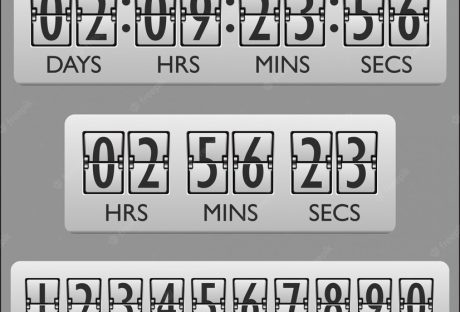Have you ever spent too much time staring at a blank document, just wondering how you can start your resume? Whether it’s your first one or your twentieth attempt, it’s safe to assume that you’re not unfamiliar with the concept of a resume. A website design company or best website design agencies will always seek for your technical skills in your resume before they hire you.
Alright, now how about this: Are you someone looking to work in the tech industry? Or have you already found a stable job and you just want to know how to keep your resume updated? Because in this current market, nothing is secure. Much as you tried to prepare for the best, you also have to brace yourself for the worst.
For a company to consider your application, your resume has to blow the socks off the employer. If done correctly, you can market yourself through your resume.
Tips on how to build your own resume for a website design company
There are several tips you can follow for developing a resume for a website development company. You just need to follow these steps one after the other.
1. Research
A lot of employees try to make one generic resume for all applications. That’s not exactly wrong, but there’s a better way to do it, and that’s to tailor each of your resumes to the company you’re applying for.
Look at the job description carefully and try to see if it really does fit you and if your experiences will make you a strong candidate for the position.
Research about the company and find that sweet spot on how you can tailor the voice and tone of your resume to speak to them.
2. Format
Keep in mind that the hiring managers have probably seen hundreds of applications which may even have some of the best resume templates. Chances are, they are also experts in web design themselves. Making your resume flashy isn’t going to cut it.
These people have seen the best in the same way that they’ve also seen the worst. Your resume has to stand out from the hundreds that they get. And how are you going to do that if you’re not supposed to be too flashy? Follow these guidelines:
- Keep it trendy but not too ornate.
- Keep the design functional but comfortable to use.
- Go for timeless designs and color schemes.
- Use easy-to-read fonts.
- Make use of headers for easy navigation.
- Strategically placed white blocks make it easy on the eyes.
As for the information you need, make sure to include the following:
- Full legal name
- Contact information
- A professional summary
- Skills
- Job experiences
- Education
- Achievements
Remember, you’re applying to be a web designer. So keep your resume design clean and straightforward, but not too basic that it underwhelms your skills.
3. Achievements
Website design company hiring managers will focus on finding people who’ll help grow the company. They are also looking for candidates who can address specific problems they’re going through. You don’t necessarily need to give them a list on how you fit their descriptions to a T. What’s important is how your job experiences can help them address their problems.
When talking about your job experiences, try not to give them too much of a description. Instead, tell them about what you accomplished during the time you were in that position. Your accomplishments are your own personal victories. It shows so much about how professional you are and your work ethics.
4. Remove Pronouns
It may sound too simplistic but there are some who still forget. No “I’s,” “He”, or “She.” Write everything in plain no-pronoun-first-person POV.
For example, instead of saying, “I raised customer satisfaction up to 35%.” you say, “Raised customer satisfaction up to 35%.” It sounds concise and avoids redundancy.
5. Technical Skills
Since you’re applying for a web design position, you should reserve an entire section just for your technical skills. Here are a host of the skills most hiring managers are looking for in a web designer:
- UI/UX design
- Marketing
- Social media management
- SEO
- Design skills using Photoshop, Premiere, and Illustrator
- HTML and CSS familiarity
- Project management skills
As a web designer, your technical skills are the major players in your resume. These could be the deciding factors in getting that initial interview.
Conclusion
Sure, you may feel like as a web designer, you won’t ever run out of clients to attend to – that jobs are simply lined up and waiting for you because you belong in a very in-demand market. That may be true, but at the same time, wouldn’t you want to be more in charge of your work, of your hours? With the right resume, you can negotiate. Why not see how far you can go by giving your resume a little revamp?
Read Also:























All Comments
Nice post. I learn something totally new and challenging on blogs I stumbleupon everyday. It's always interesting to read articles from other writers and practice something from their web sites.
www
Normally I do not read article on blogs, but I wish to say that this write-up very compelled me to check out and do so! Your writing taste has been amazed me. Thanks, very nice post. Here is my blog: www
Having read this I thought it was extremely enlightening. I appreciate you finding the time and energy to put this informative article together. I once again find myself personally spending a lot of time both reading and posting comments. But so what, it was still worth it!